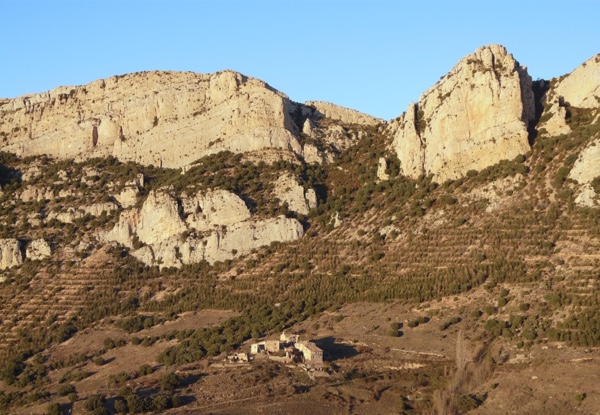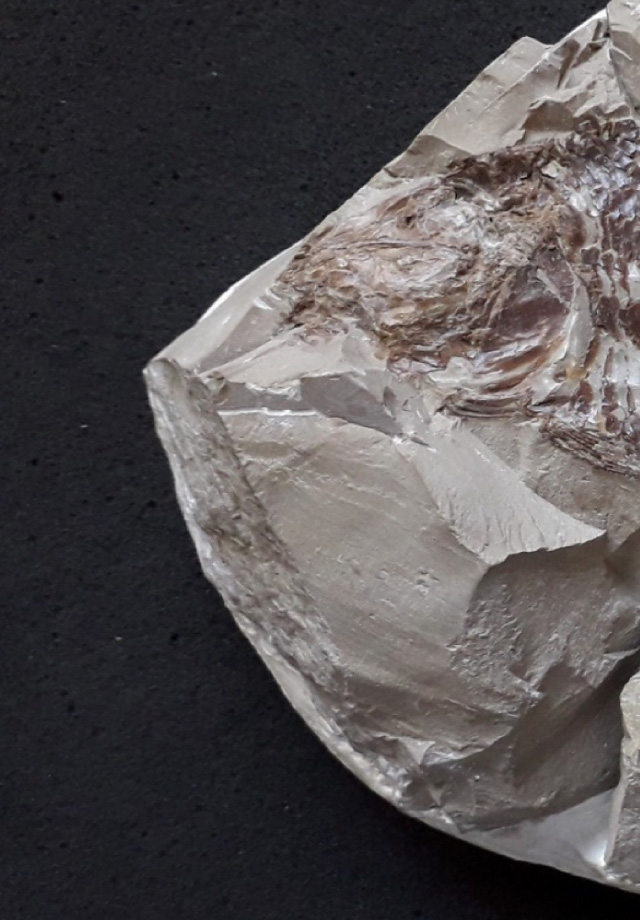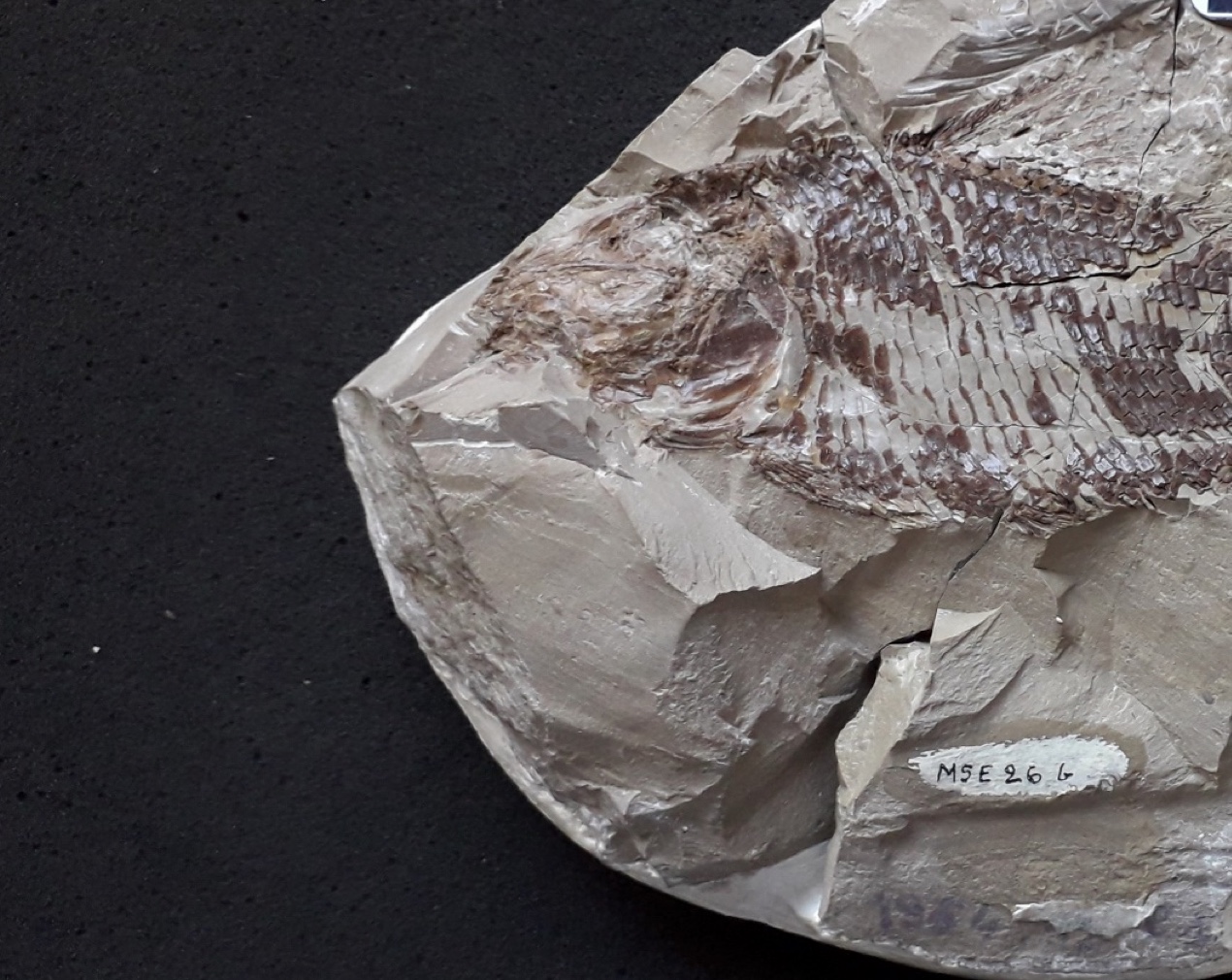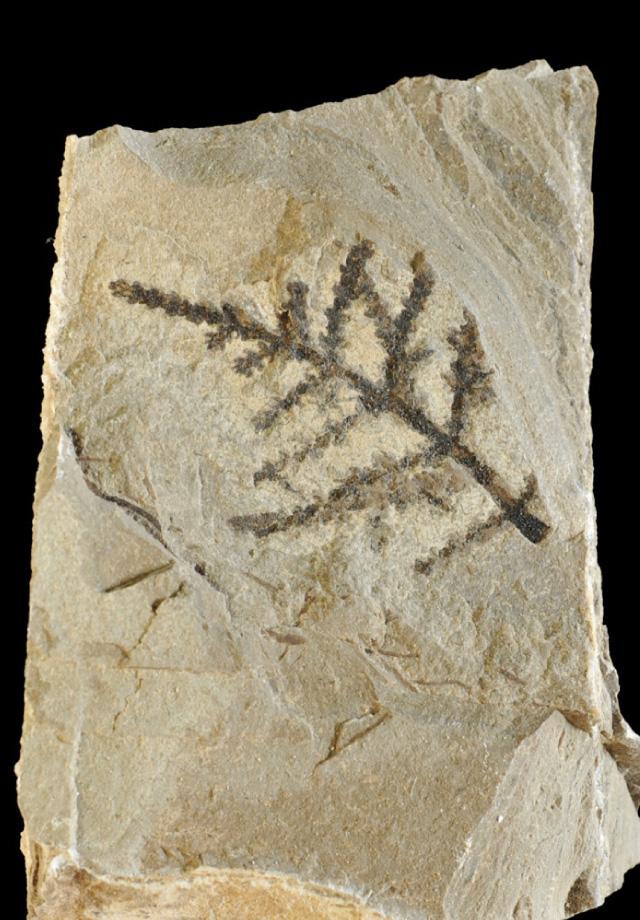The Origins Geopark
The Origins Geopark, located in the Catalan Pyrenees, has an extraordinary geological richness, which has allowed it to be part of the UNESCO Global Geoparks Network since 2018.
This territory of 2,040 square kilometers includes 19 municipalities distributed in 4 counties: Pallars Jussà, Noguera, Alt Urgell and Pallars Sobirà.
The Origins Geopark offers numerous activities that allow you to take a real journey through time to discover the origins of the evolution of the Earth and life, from the Big Bang to the present day.
Geoparks are inhabited territories with exceptional geological values recognized by UNESCO that contribute to sustainable local development through the conservation and promotion of their geological, natural and cultural heritage.
The web portal presented here allows the dissemination of the exceptional fossil record Pedrera de Meià at a scientific, educational and informative level.
The Meià quarry, located within the Origins Geopark, is considered one of the most exceptional geological elements of this territory.
Some of the objectives of the website are:
(1) to allow the scientific community access to a fossil record that is currently distributed in different museums and centers throughout Europe,
(2) to contribute to the educational programs of Paleontology schools around the world, as well as to primary and secondary schools,
(3) to contribute to the dissemination of this exceptional fossil record and to the history of its discovery.
From the Origins Geopark we recommend you visit the Montsec de Meià Interpretation Centre in Vilanova de Meià where you can enjoy some of the most extraordinary specimens discovered in this place, and access guided tours of the sites with specialised guides.
Serra del Montsec

In the Serra del Montsec de Meià, straddling the regions of Noguera and El Pallars, an exceptional collection of fossil remains has been found that, for various reasons, still remain very little known, both in scientific circles and in the popular sphere.
The rocks that make up this limestone massif, which rises up to 1,700 meters above sea level, were formed mainly during the Jurassic and Cretaceous periods. Of the approximately 150 million years of history of these rocks, we want to highlight a very short period that corresponds to the geological moment in which one or more freshwater lakes occupied this area.
This happened about 125 million years ago, during the Lower Cretaceous, at the height of the dinosaurs, when these bodies of fresh water were full of life and served as a habitat for animals and plants that were deposited at the bottom of the lakes when they died.
The Montsec
At the bottom of these lakes, where there was often no oxygen and, consequently, no decomposing organisms, the remains of animals and plants were sedimented together with the calcium carbonate of the waters. The result is sheets of carbonate superimposed to form thicknesses of several centimetres that, inside, hide the fossil remains of the inhabitants of that ecosystem.
Exceptional conservation
Its degree of conservation is exceptional.
We are in a site classified as Konservat-Lagerstätten, that is, a warehouse of fossils with a high degree of preservation with fossils that show, for example, the marks of the contour of the body, soft tissues or the ribs of a wing.
A great dispersion of the findings
Unfortunately, the thousands of fossils that have come out of these sites are distributed among various museums and private collections, which has masked the importance of the more than 100 new species that have been described.
And what we can also consider exceptional is the history of its discovery, exploitation and dispersion of the finds, facts that span almost 150 years of history.
Here you can find this story, the characters who participated in it and the fossils they have found.






